20 pages • 40 minutes read
William Butler YeatsA Prayer for My Daughter
Fiction | Poem | Adult | Published in 1919A modern alternative to SparkNotes and CliffsNotes, SuperSummary offers high-quality Study Guides with detailed chapter summaries and analysis of major themes, characters, and more.
Literary Devices
Form and Meter: Ottava Rima Variation
“A Prayer for my Daughter” can be considered a variation on the Italian ottava rima form because of Yeats’seight-line stanzas. Sir Thomas Wyatt (who also popularized the Italian sonnet in English in the early English Renaissance) introduced this form of eight-line stanzas with 11-syllable lines to English poetry. Lord Byron (George Gordon) used a 10-syllable variation in Don Juan.
Unlike the classic ottava rima form of 11-syllable lines—which Yeats uses in “Among School Children”—the lines of “A Prayer for my Daughter” are iambic pentameter (Lines1, 2, 3, 5, and 8 of each stanza) or iambic tetrameter (Lines 4, 6, and 7 of each stanza). Scholars such as Robert Einarsson argue the meter can be read in rhythmical motifs rather than using standard metrical devices.
Rhyme Scheme: AABBCDDC
Yeats also deviates from the classic ottava rima rhyme scheme in “A Prayer for my Daughter.” Again, his poem “Among School Children” follows the classic ABABABCC rhyme scheme, but “A Prayer for my Daughter” follows a AABBCDDC scheme: two rhyming couplets and a quatrain of enclosed rhyme in each stanza. However, in both poems, Yeats uses slant rhyme.
Related Titles
By William Butler Yeats

Among School Children
William Butler Yeats

A Vision: An Explanation of Life Founded upon the Writings of Giraldus and upon Certain Doctrines Attributed to Kusta Ben Luka
William Butler Yeats

Cathleen Ni Houlihan
William Butler Yeats

Crazy Jane Talks with the Bishop
William Butler Yeats
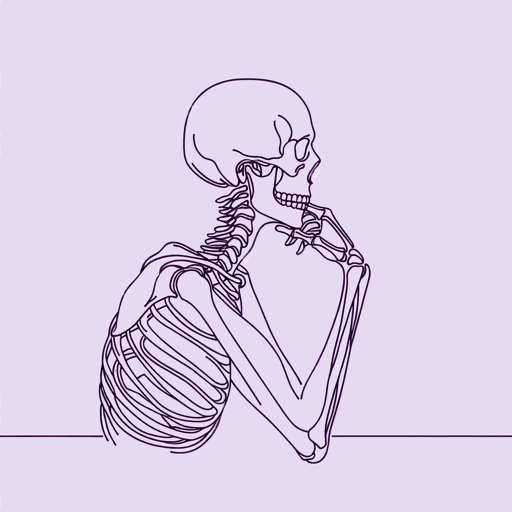
Death
William Butler Yeats
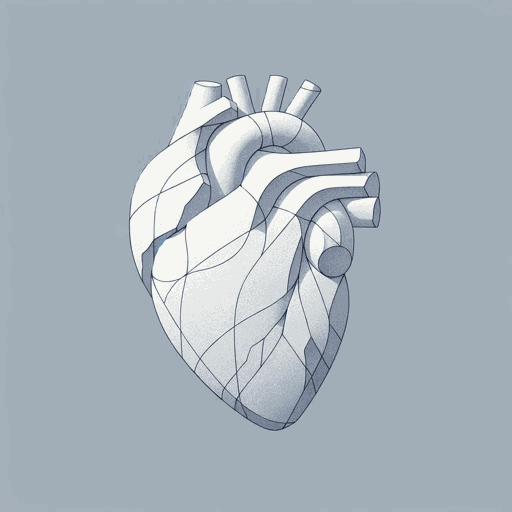
Easter, 1916
William Butler Yeats

Leda and the Swan
William Butler Yeats
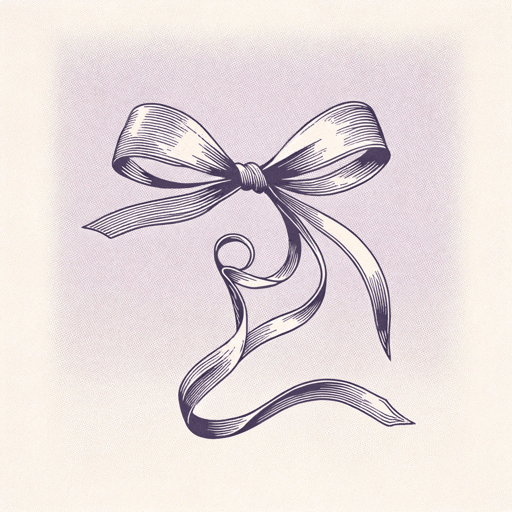
No Second Troy
William Butler Yeats
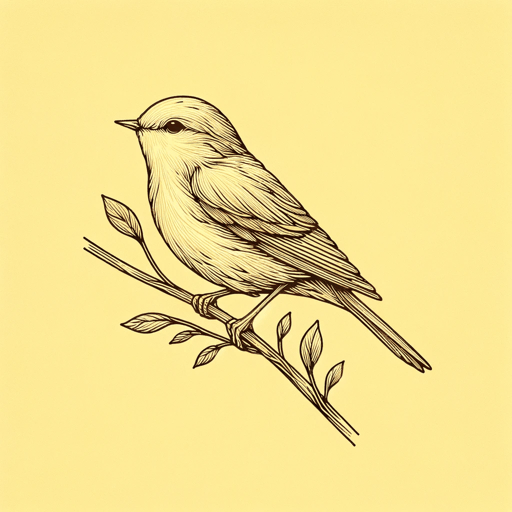
Sailing to Byzantium
William Butler Yeats

The Lake Isle of Innisfree
William Butler Yeats
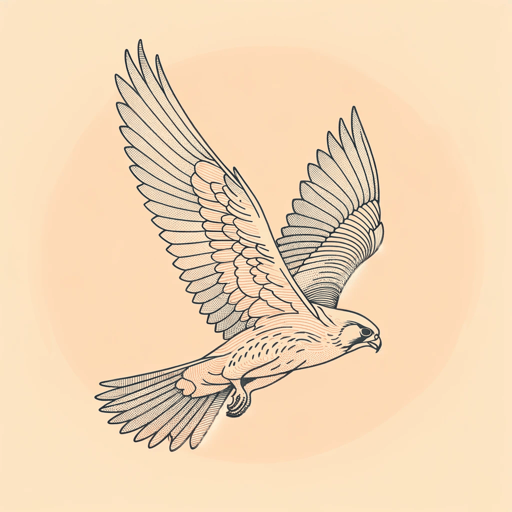
The Second Coming
William Butler Yeats
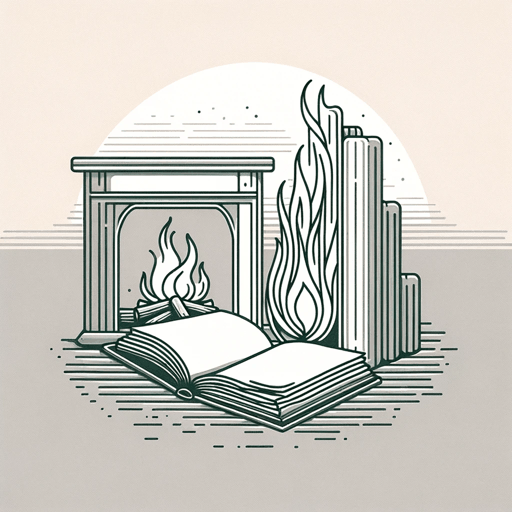
When You Are Old
William Butler Yeats
Featured Collections
Beauty
View Collection
Childhood & Youth
View Collection
Family
View Collection
Fathers
View Collection
Modernist Poetry
View Collection
Mythology
View Collection
Nostalgic Poems
View Collection
Poetry: Family & Home
View Collection
Poetry: Mythology & Folklore
View Collection
Short Poems
View Collection
Valentine's Day Reads: The Theme of Love
View Collection

